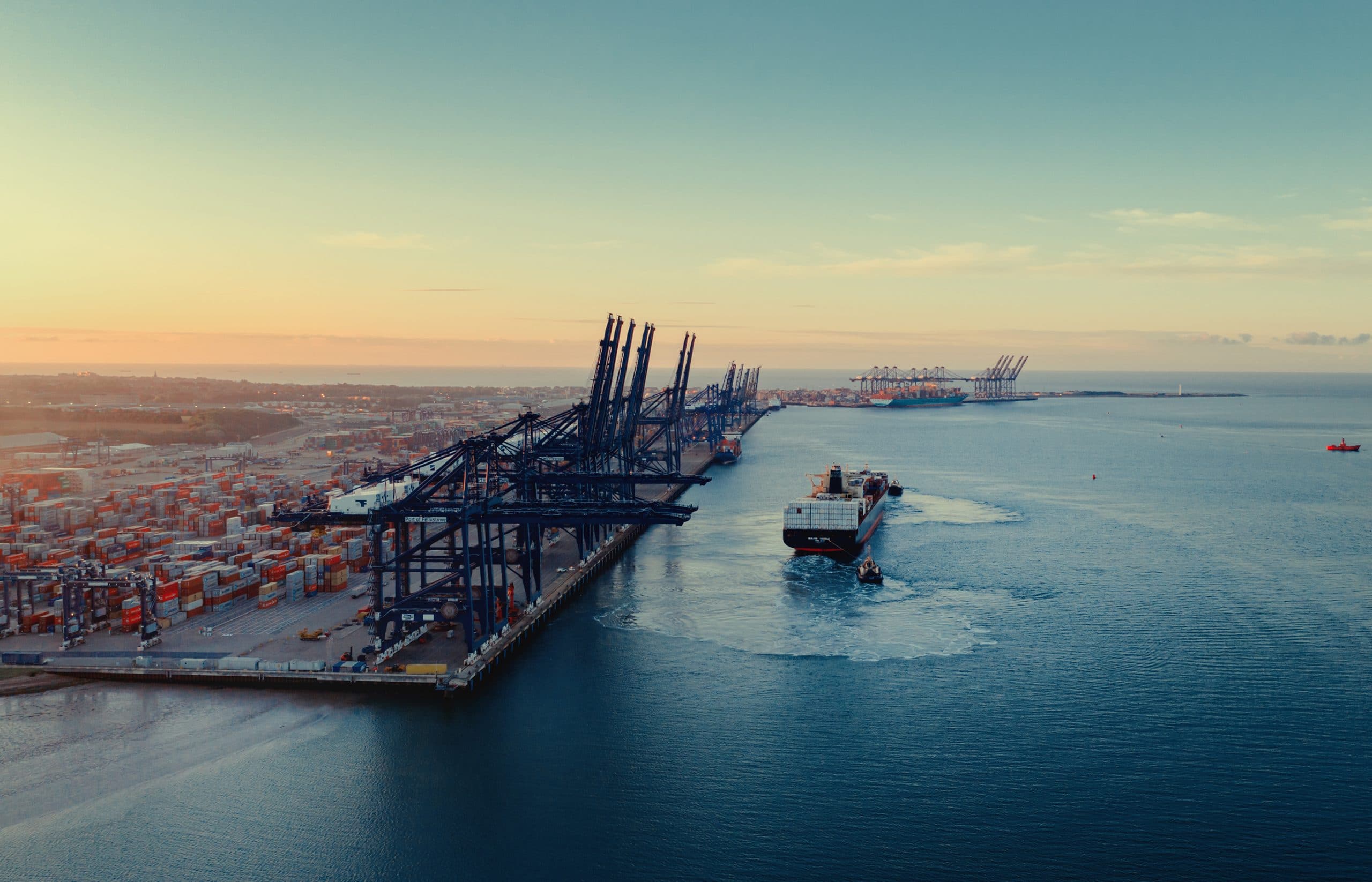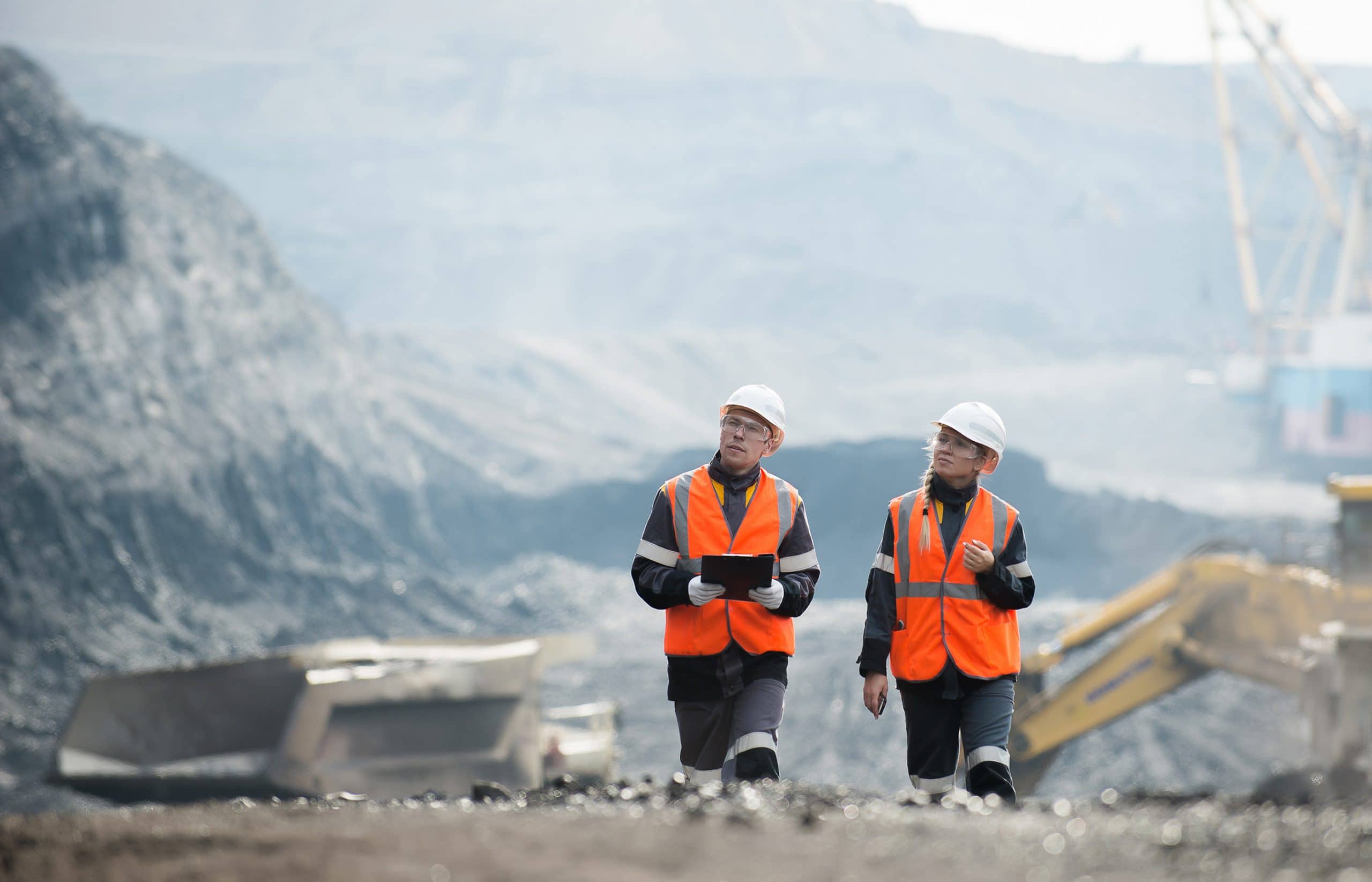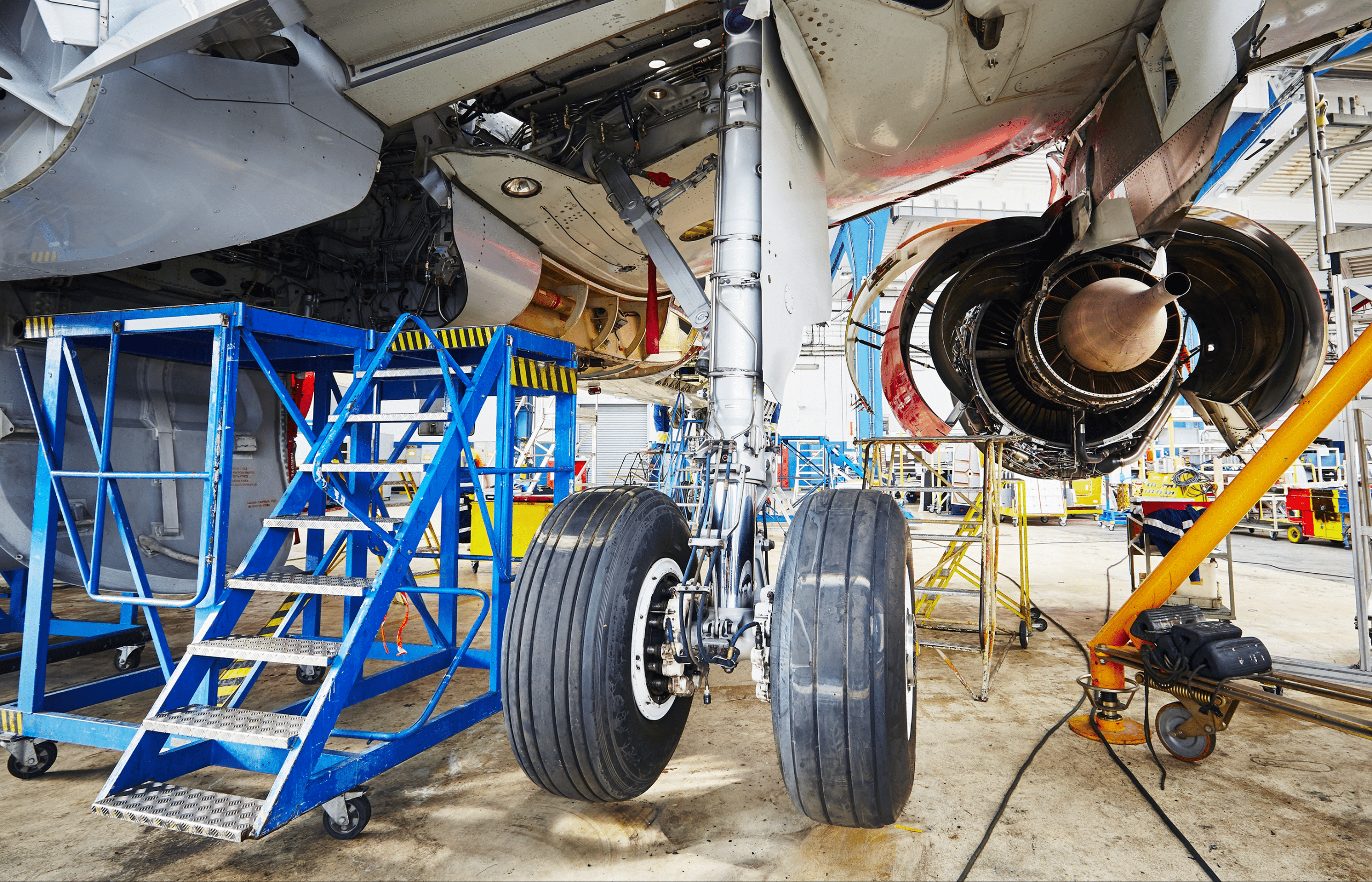Risk of Lung Cancer in the Maritime Industry
Lung cancer is one of the primary causes of illness and premature death associated with the maritime industry due to chemical exposure.

Lung Cancer in the Maritime Industry
For centuries, employment in the maritime industry has been linked to a variety of illnesses and diseases. In fact, the risk factors associated with nautical occupations are among the highest of any working and living conditions for employees today. Lung cancer and other lung diseases are among the most common illnesses and premature causes of death associated with the maritime industry.
Sailing and the marine industry is part of an economic trade spanning the globe and involving civilians and military employees from hundreds of countries. From 1967 to 1992, a study of Finnish sailors showed a near 2 percent increase in the risk of lung cancer after three years of employment. Too, deck crew and officers face increased risk from their position onboard. Those below deck in engine rooms have the added risk of asbestos exposure, which can contribute to diseases like asbestosis, mesothelioma, as well as lung cancer.
Likewise, in Louisiana, researchers proved that shipbuilders were twice as likely to die of lung cancer, compared to other causes of death. Seamen and longshoremen also faced an increased risk of lung cancer death in the state.
In each study, the majority of deaths occurred in males who had a greater number of years in the industry. Additionally, men who built ships or worked aboard from 1940 to 1990, and were between the ages of 20 and 34 at the time, are at greater risk today.
However, widespread research of lung cancer in the maritime industry is difficult to achieve due to the mobility of its workers and the broad spectrum of climates, populations, and infectious diseases they typically encounter. Subsequently, analyzing the specific risks and causes of lung cancer is often done on an individual level between the patient and doctor.
To determine the cause of a patient’s cancer, doctors generally conduct an interview of the patient’s personal and occupation history. During this conversation, doctors are looking for mention of high-risk activities (such as inhaling exhaust repeatedly) that might lead to the development of cancerous cells in the lung.
Risks From Chemical Exposure
The primary risk to maritime workers is the presence of hazardous carcinogens and the risk of chemical exposure. Typically, exposure to marine workers starts during the shipbuilding process when fine, ground or crushed particles of asbestos, metal, and silica can be inhaled without proper protection (such as a face mask).
Inhalation of the following chemicals, pollutants, and carcinogens have been shown to contribute to the development of lung cancer:
- Asbestos
- Benzene
- Benzidines
- Beryllium
- Black carbon
- Cadmium
- Crystalline silica
- Exhaust fumes
- Fumigants
- Lead
- Microfine metal particles
- Oil mist
- Paint with epoxides
- Sulfur
Risks to Environment and Community
Unfortunately, the threat of lung cancer is not confined solely to workers, but also everyone who comes into contact with the ships’ pollution. The fuel burned by large ships’ smokestacks releases dangerous chemicals into the air including black carbon, sulfur, nitrogen, and organic particles.
More than 400,000 people worldwide suffer premature death from lung cancer or cardiopulmonary disease caused by maritime industry pollution. Among that total in 2007, were more than 5,000 North Americans (primarily in Gulf Coast states, the West Coast, and the Northeast). Each year, more than 14 million cases of childhood asthma are attributed to shipping.
Risks From Physical Agents
In addition to chemical exposure, seafaring workers also have an increased risk of lung cancer from physical agents. Physical agents, unlike chemical agents, come from energy sources that can lead to illness, injury, and disease (such as noise, vibration, radiation, and extremely high or low temperatures). While physical agents are rarer sources of lung cancer, there are several documented cases of high risk.
Non-ionizing radiation (NIR) – such as ultraviolet (UV), microwave (MW), and radiofrequency – can be emitted by certain wiring setups as well as high-powered radiation tools often used on military ships and submarines. In the past, some ships have accidentally pointed their radar at passing ships, causing crews to display a variety of side-effects due to exposure.
Workers’ Compensation and Lawsuits
While many of the above substances are known cancer-causing agents, governments around the world have been slow to ban their use. Instead, the companies that manufacture hazardous materials (as well as former employers who put workers at risk) are largely held responsible for occupational exposure that leads to the diagnosis of a disease and/or death.
Workers’ compensation is available to all employees who become injured as a result of their employment. Commonly referred to as workers’ comp, these funds are a form of government-mandated insurance provided by employers. Typically, it is used to pay medical bills, lost wages, and to cover any other expenses incurred during the recovery time.
However, several laws and agencies oversee the accurate application of these funds to prevent fraud. Sometimes, injured workers find it easier to speak with a lawyer about filing a workers’ compensation claim with their employer, or if further legal action may be necessary (such as filing a personal injury lawsuit).
Only an experienced attorney can guide current and retired maritime industry workers through the legal process and help them seek compensation. For more information on filing a legal claim, fill out a free case evaluation form.


